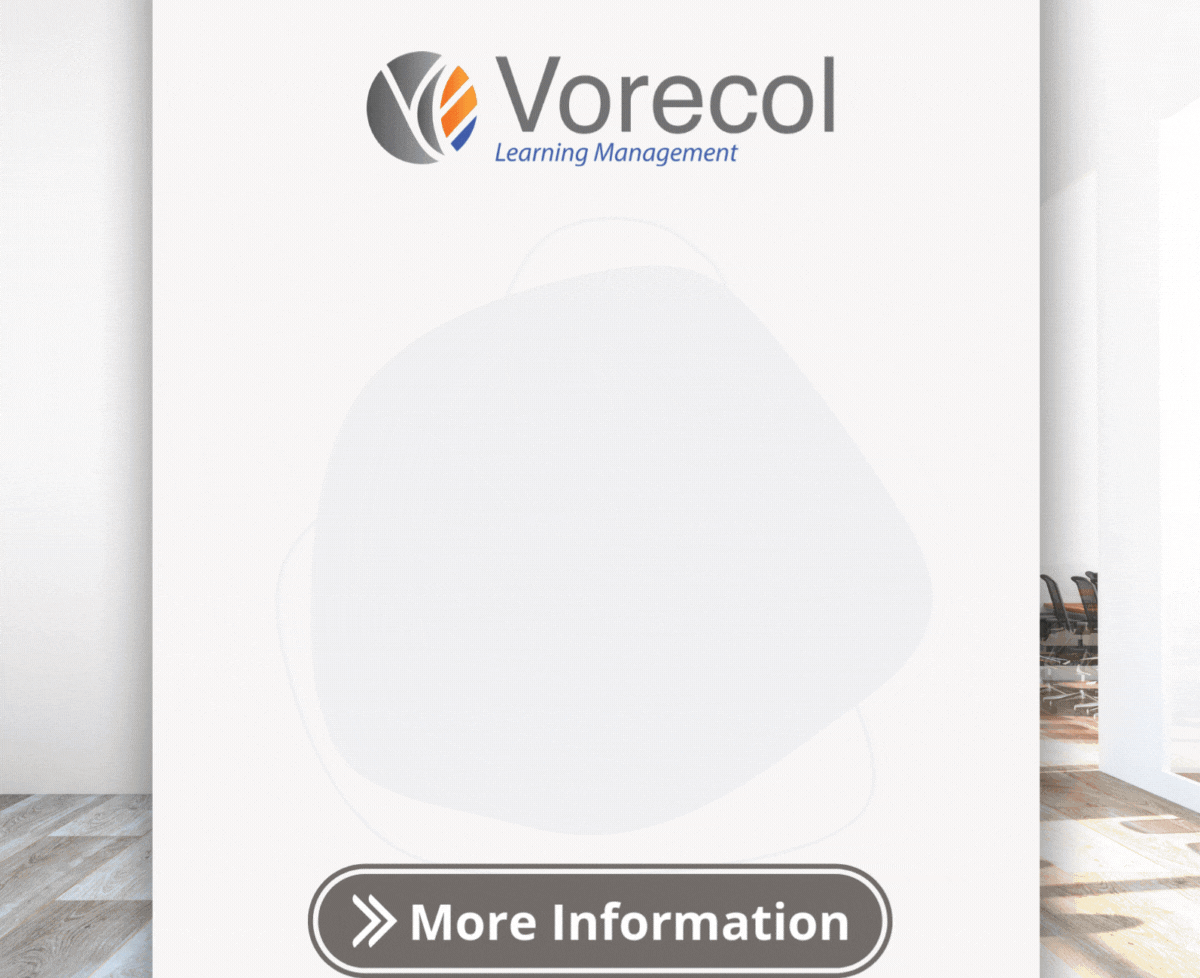Analyzing the Effectiveness of PeertoPeer Learning in LMS for Soft Skill Development

- 1. Introduction to Peer-to-Peer Learning in Learning Management Systems
- 2. Identifying Soft Skills Essential for Professional Development
- 3. Theoretical Framework: How Peer Learning Enhances Skill Acquisition
- 4. Methodology for Assessing Peer-to-Peer Learning Outcomes
- 5. Case Studies: Successful Implementation in LMS Environments
- 6. Challenges and Limitations of Peer Learning Approaches
- 7. Recommendations for Optimizing Peer-to-Peer Learning Strategies
- Final Conclusions
1. Introduction to Peer-to-Peer Learning in Learning Management Systems
Imagine walking into a classroom where the teacher is replaced by the students themselves, each one sharing their unique insights and experiences. This is the essence of peer-to-peer learning (P2P), an innovative approach to education that's gaining traction in Learning Management Systems (LMS). Did you know that studies have shown that students retain 90% of what they teach others? This highlights not just the effectiveness of P2P learning, but also its potential to foster collaboration and deeper understanding among peers. As traditional teaching methods evolve, integrating P2P strategies into LMS can create a more interactive and enriching educational environment.
Now, think about the implementation of these strategies in a digital context. With the rise of platforms that support such interactions, like Vorecol’s Learning module, learners can easily connect and support one another, breaking down barriers typically found in conventional educational settings. These systems allow students to engage in group discussions, share resources, and provide feedback, enhancing their overall learning experience. By prioritizing peer-to-peer engagement, LMS can transform passive learning into an active and communal effort, empowering students to take charge of their education while also benefiting from the knowledge of others.
2. Identifying Soft Skills Essential for Professional Development
Have you ever found yourself in a room full of candidates, all boasting impressive resumes and technical skills, yet somehow, one person still shines brighter than the rest? This is often due to their mastery of soft skills—those elusive, yet essential attributes like communication, teamwork, and emotional intelligence that can set someone apart in a competitive job market. According to studies, over 90% of employers prioritize these skills more than technical abilities. In fact, many hiring managers believe that soft skills can often be more crucial for success in the workplace than hard skills, especially as the workforce becomes increasingly collaborative and dynamic.
As we navigate our professional journeys, it’s essential to hone these soft skills to thrive and advance. Companies are beginning to recognize this need and are investing in tools like Vorecol Learning in the Cloud, a sophisticated learning management system that can help you refine these important competencies. The more you engage with training modules tailored to enhance interpersonal skills, the more you position yourself for growth and promotion within your organization. After all, in today's business environment, it isn’t just about what you know, but how you connect and collaborate with others that ultimately defines your professional development.
3. Theoretical Framework: How Peer Learning Enhances Skill Acquisition
Have you ever noticed how much easier it is to grasp a new concept when someone explains it in their own words? Think about a time when you were struggling with a new skill—perhaps learning to cook that complicated dish or trying to master a new software. Suddenly, a friend swoops in with a way of explaining things that just clicks. This is the magic of peer learning, where the exchange of ideas among individuals leads to enhanced skill acquisition. Research indicates that peer-to-peer interactions can boost understanding by up to 80%, demonstrating that collaboration can pave the way for personal and collective growth.
The essence of peer learning isn't just about sharing knowledge; it’s about creating a community of practice that fosters engagement and motivation. With platforms like Vorecol learning in the cloud, this dynamic becomes even more accessible. Instead of a one-size-fits-all approach, learners can interact with one another, access shared resources, and collaborate on projects that enhance their understanding and skill set. This learner-centric model turns education into a shared journey, making it more relatable and effective—so why not take advantage of modern tools that enhance this experience?
4. Methodology for Assessing Peer-to-Peer Learning Outcomes
Imagine walking into a room buzzing with energy where colleagues are sharing insights, tackling challenges, and learning from one another in real time. This vibrant scene is the essence of peer-to-peer learning, a method that has been shown to enhance knowledge retention and foster collaboration in the workplace. Surprisingly, studies indicate that peer learning can increase engagement and satisfaction levels by up to 60%. However, measuring the true impact of such interactions often remains elusive. That's where a structured methodology comes into play, allowing organizations to assess and quantify the outcomes effectively.
So, how do we gauge the effectiveness of peer-to-peer learning? One approach involves collecting qualitative feedback through surveys and interviews, complemented by quantitative metrics like performance indicators and completion rates. Tools like Vorecol Learning in the Cloud can streamline this process, making assessment not just accessible but engaging. By leveraging technology, companies can create a more dynamic and interactive learning environment that not only tracks progress but also enhances the quality of peer interactions. This holistic view helps organizations understand what's working and what needs tweaking, ultimately driving a culture of continuous improvement.
5. Case Studies: Successful Implementation in LMS Environments
Imagine this: a large university struggling with a disjointed learning experience for its students, with courses scattered across different platforms and a lack of unified communication. This scenario was not uncommon until institutions realized the transformative power of Learning Management Systems (LMS). Research shows that organizations that effectively implement LMS solutions can increase learner engagement by up to 60%. This significant boost highlights the importance of integrating a comprehensive system that can streamline learning, such as Vorecol's cloud-based learning module, which offers a seamless way to centralize educational resources.
Now, let’s dive into some inspiring case studies that demonstrate how LMS implementations have revolutionized learning environments. For instance, a corporate training division adopted an LMS and recorded a staggering 50% reduction in training time while also doubling the retention rates of their material. By leveraging tools that enhance accessibility and interaction, they foster a better learning atmosphere. Similarly, educational institutions have turned to advanced platforms, like Vorecol, that not only simplify content delivery but also enhance tracking and reporting, allowing educators to understand their learners' needs better. These real-life examples illuminate the necessity of investing in robust LMS environments that can lead to significant improvements in both engagement and performance.
6. Challenges and Limitations of Peer Learning Approaches
Imagine stepping into a classroom buzzing with excitement, where students are actively sharing ideas and helping each other grasp complex concepts. Sounds inspiring, right? However, peer learning approaches come with their own set of challenges. For instance, not every participant possesses the same level of proficiency or motivation—leading to potential knowledge gaps. A recent study highlighted that nearly 40% of students felt overwhelmed when relying solely on peers for learning, causing some to disengage entirely. Such discrepancies in skill levels can create an uneven learning environment, inhibiting the very collaboration that makes peer learning attractive in the first place.
Another significant hurdle is the inconsistency in engagement and accountability among peers. While some students may thrive in collaborative settings, others might shy away from participation, leaving their partners to carry the weight. This uneven contribution can be frustrating for those who are eager to dive into group work. To combat these issues, innovative solutions like Vorecol's cloud-based learning module can serve as a game-changer. By providing a structured framework for tracking progress and fostering collaboration, it helps ensure that all participants are both engaged and accountable, paving the way for a more effective peer learning experience.
7. Recommendations for Optimizing Peer-to-Peer Learning Strategies
Imagine walking into a classroom where peers are not just sitting at desks, but engaging in lively discussions, solving problems together, and rallying around each other’s strengths and weaknesses. Recent studies have shown that peer-to-peer learning can enhance understanding and retention by up to 60%. This form of learning, grounded in collaboration, doesn’t just promote knowledge sharing; it builds essential soft skills like communication, empathy, and teamwork. So, how can you optimize these dynamics? First, fostering a culture of trust is key—encouraging students to feel comfortable sharing their thoughts can lead to innovative ideas and deeper understanding.
To take peer-to-peer learning to the next level, consider integrating robust tools that allow for seamless collaboration. Platforms like Vorecol Learning in the cloud provide an intuitive user interface that encourages interaction and engagement among peers without interrupting the flow of learning. By implementing features such as group projects or discussion forums, learners can share resources and insights more effectively. Creating an environment where collaboration is effortless not only optimizes peer learning but also empowers individuals to take charge of their educational journeys—making the learning experience richer for everyone involved.
Final Conclusions
In conclusion, the analysis of peer-to-peer learning within Learning Management Systems (LMS) reveals its significant impact on the development of soft skills among learners. This innovative approach not only fosters collaborative environments that encourage active participation but also promotes critical thinking and interpersonal skills. By leveraging the diverse experiences and perspectives of peers, learners gain valuable insights that enhance their emotional intelligence, adaptability, and communication abilities. Consequently, LMS platforms that integrate peer-to-peer learning mechanisms can serve as effective tools for educators aiming to cultivate well-rounded individuals equipped for the complexities of the modern workplace.
Moreover, the findings highlight the importance of structured peer interactions to maximize the benefits of this learning model. Educators must design thoughtfully curated activities that guide students in their exchanges, ensuring that the learning experience is both meaningful and productive. Future research should further explore the long-term effects of peer-to-peer learning on soft skill development and investigate best practices for implementation in various educational contexts. As organizations increasingly prioritize soft skills in their recruitment criteria, investing in peer-to-peer learning through LMS provides a promising avenue for enhancing the employability and overall competency of learners.
Publication Date: September 15, 2024
Author: Psicosmart Editorial Team.
Note: This article was generated with the assistance of artificial intelligence, under the supervision and editing of our editorial team.
Leave your comment
Comments
Request for information
Fill in the information and select a Vorecol HRMS module. A representative will contact you.
- Australia+61
- Bahamas+1
- Barbados+1
- Canada+1
- Ghana (Gaana)+233
- Guyana+592
- Hong Kong (香港)+852
- India (भारत)+91
- Ireland+353
- Jamaica+1
- Kenya+254
- Malta+356
- New Zealand+64
- Nigeria+234
- Pakistan (پاکستان)+92
- Philippines+63
- Singapore+65
- South Africa+27
- Trinidad and Tobago+1
- Uganda+256
- United Kingdom+44
- United States+1
- Zimbabwe+263



